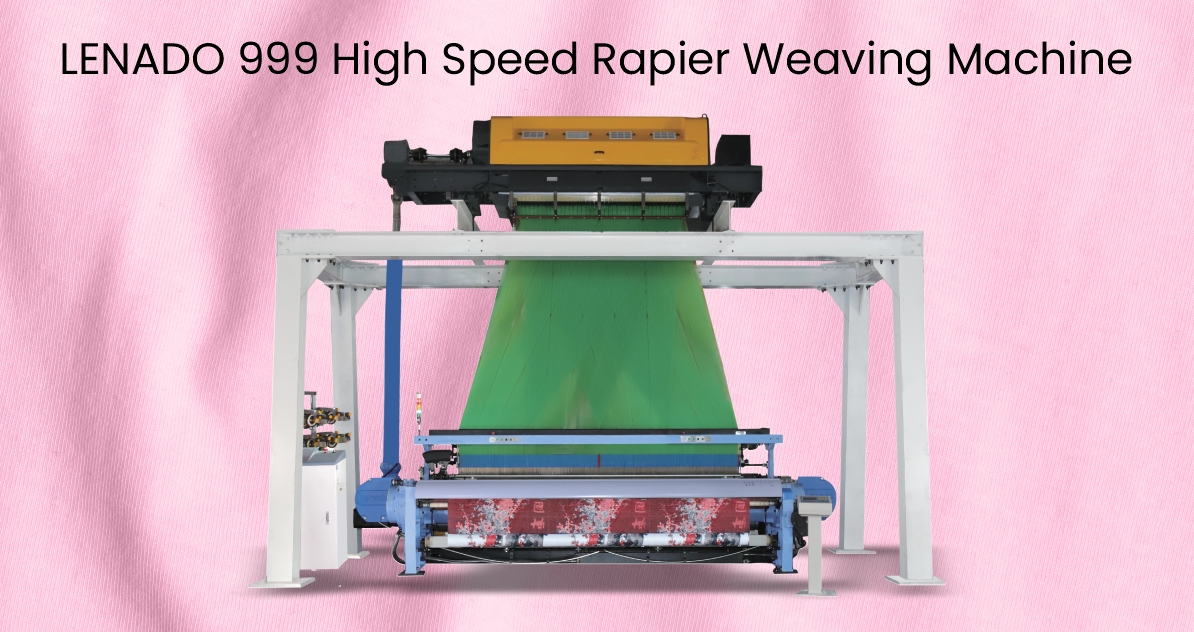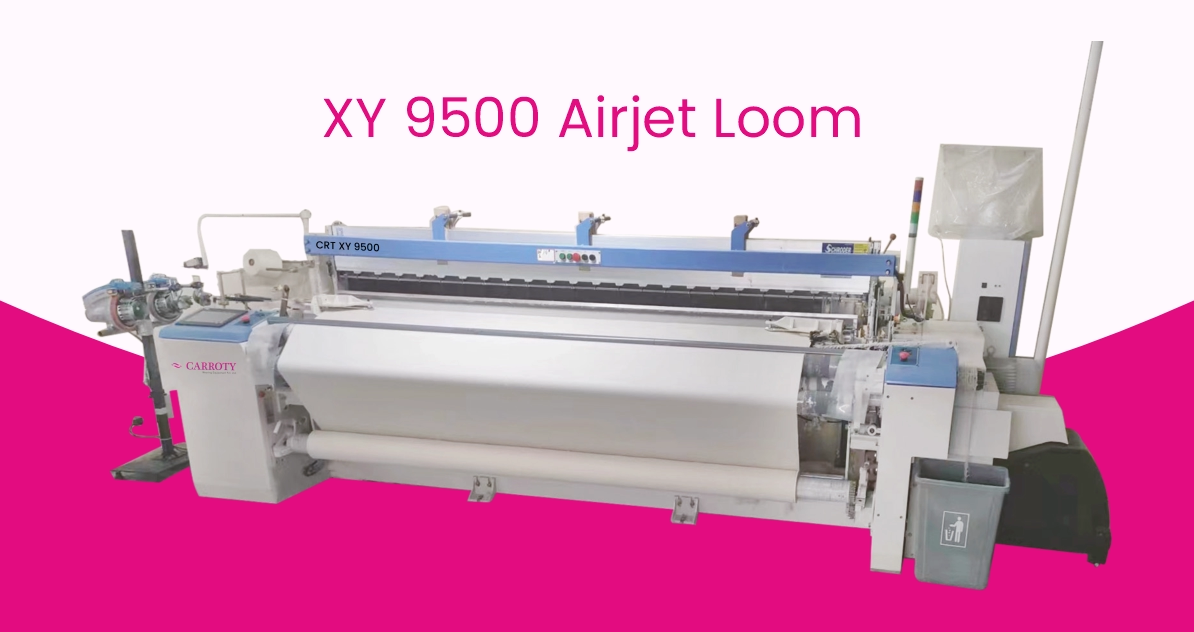
As the textile industry evolves to meet the demands of a fast-paced and quality-conscious global market, weaving machinery stands at the forefront of innovation. In 2025, we are witnessing a remarkable transformation in how fabric is produced — driven by speed, intelligence, precision, and sustainability. The shift is not just about mechanical improvements but about integrating digital technologies that bring unprecedented control and efficiency to weaving operations.
High-speed rapier looms have become the new standard in versatile fabric manufacturing. Machines like the Lenod 999 High-Speed Rapier Machine and the Lenod 666 High-Speed Rapier Machine are excellent examples of this evolution. Designed for maximum efficiency and fabric diversity, these machines operate with exceptional speed and stability. The Lenod 999, known for its advanced weft insertion and minimal vibration, delivers premium fabric quality at industrial speeds, while the Lenod 666 offers a reliable, performance-focused alternative for high-volume production. Both are engineered to handle a wide range of yarns and patterns, making them ideal for everything from fashion to industrial textiles.
Meanwhile, air-jet weaving technology continues to lead in speed and energy savings. The newly launched XY 9200 Airjet Loom is a testament to this progress. Engineered for ultra-fast performance with remarkably low air consumption, the XY 9200 features intelligent nozzle systems, adaptive sensors, and digital controls that ensure smooth weft insertion and minimal fabric defects. Its efficiency and precision make it one of the most sought-after solutions for mills prioritizing productivity and sustainability.
Digital jacquard technology has also made significant strides. The latest jacquard looms now come equipped with ultra-responsive electronic heads capable of managing intricate designs with incredible accuracy. By integrating with CAD software and employing intelligent servo systems, these machines enable complex patterns to be woven faster, benefiting industries ranging from home furnishing to automotive interiors.
A defining trend of 2025 is the integration of IoT and smart technology into weaving equipment. Modern looms are equipped with touchscreen interfaces, cloud connectivity, and predictive maintenance alerts. Mill managers can now monitor performance metrics in real-time, receive proactive notifications about potential issues, and fine-tune settings remotely — transforming traditional factories into smart, data-driven environments.
Sustainability, too, plays a vital role in machinery innovation. Manufacturers are designing machines with energy-efficient motors, recyclable materials, and systems that monitor and minimize resource consumption. With the global push toward environmentally responsible production, these features are becoming a core part of purchasing decisions.
What also stands out is the growing adaptability of weaving machines. Whether it’s producing high-tension industrial fabrics, luxury towels, or precision-woven labels, new machines are designed to switch applications seamlessly. This flexibility allows mills to diversify their product range without compromising on efficiency.
In essence, the weaving industry in 2025 is no longer defined merely by threads and looms but by intelligent systems that combine craftsmanship with computation. As the global textile market becomes more competitive and conscious, adopting advanced solutions like the Lenod 999, Lenod 666, and XY 9200 is not just a smart move—it’s an essential step toward building a resilient and future-ready textile operation.




